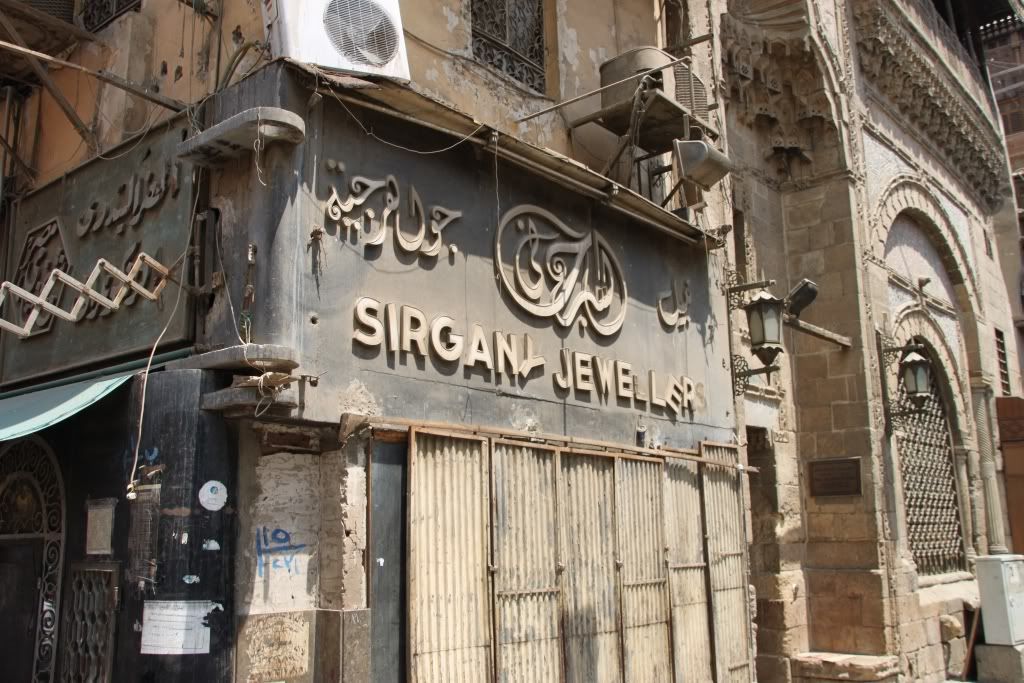
It's next to the Sirgani Jewellers, which is a bit run down, at least the shop front is but apparently this is a chain of Jewellers across the city. I did not realise that there was a historical building next to it.
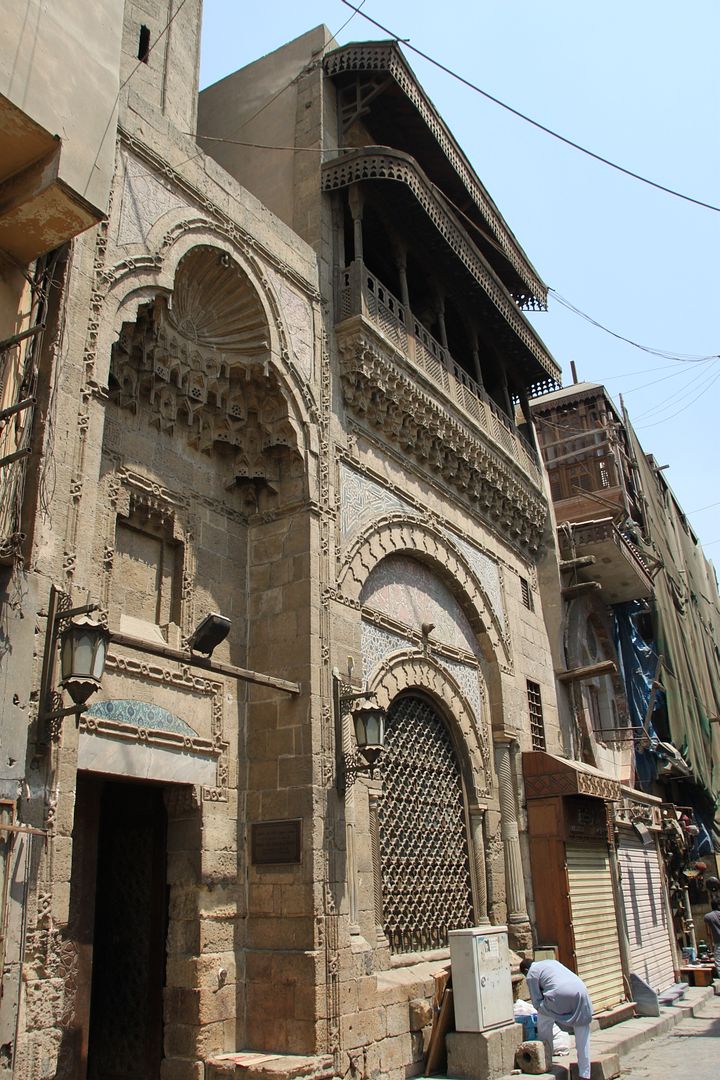
The mosque front is narrow, but beautiful. It has a water fountain in front (hence Sabil). The idea being, you drink from the fountain and bless the sponsor of this building. The very large window is covered with a strong iron grille.

It has a scalloped sea shell frame on the top with a cloud and stalactite based stone carving. A beautifully carved balcony. This side of the building is the Kuttab, the educational institution. The top of the balcony also has a beautifully constructed lead/iron roof. You can just imagine somebody sitting there, peering closely at the roll of metal and punching out the complex patterns.
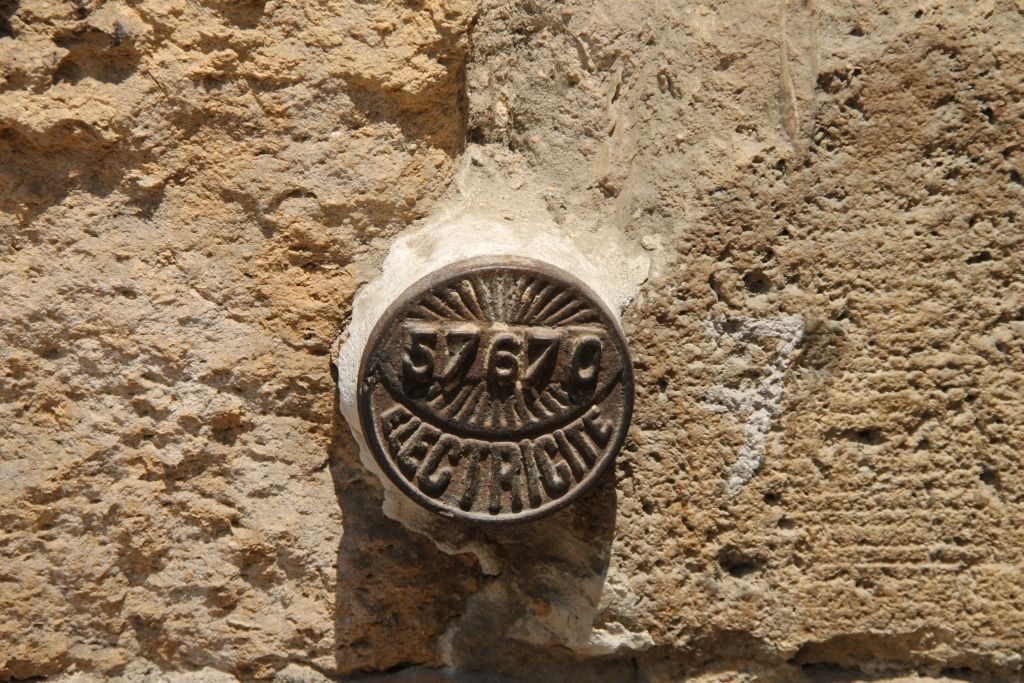
On the wall, there is this strange looking iron roundel. It has a number on it and then the word, Electricitie, French for Electricity and the number could signify the location. Something like a junction box.

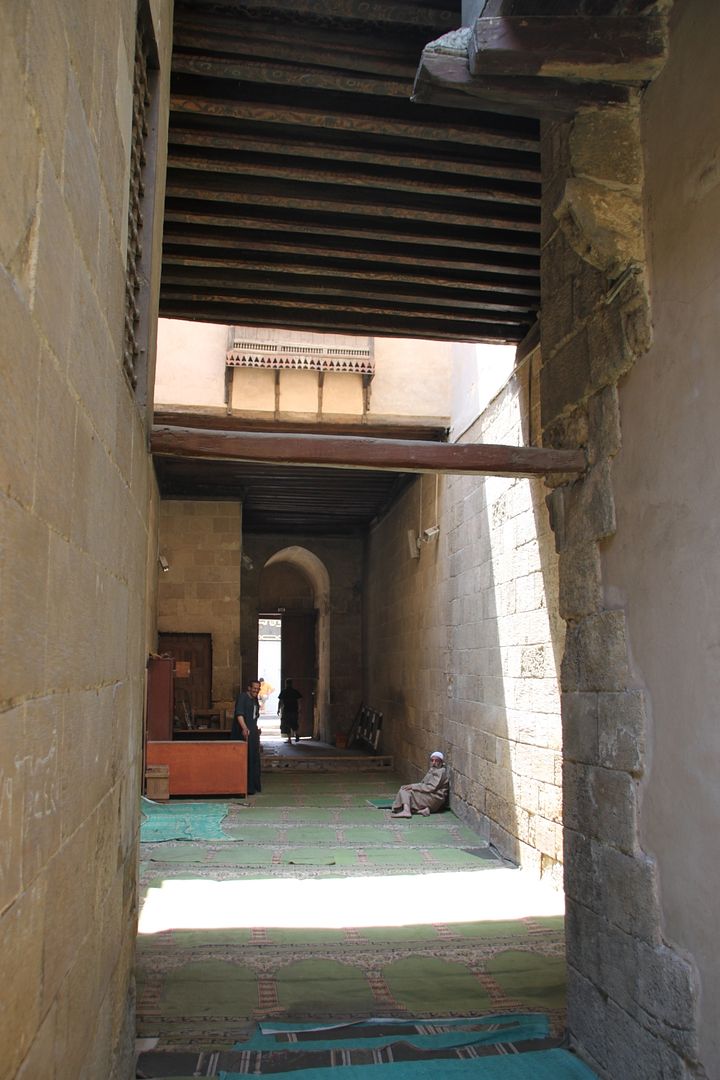
I entered the mosque and peered into a strange looking entrance. Took off my shoes and kept it in the reception area which you can see on the right hand side photograph. It has a central area which is open to the skies. The left hand side photograph shows the narrow entrance and the right hand side photograph is looking back at the entrance.
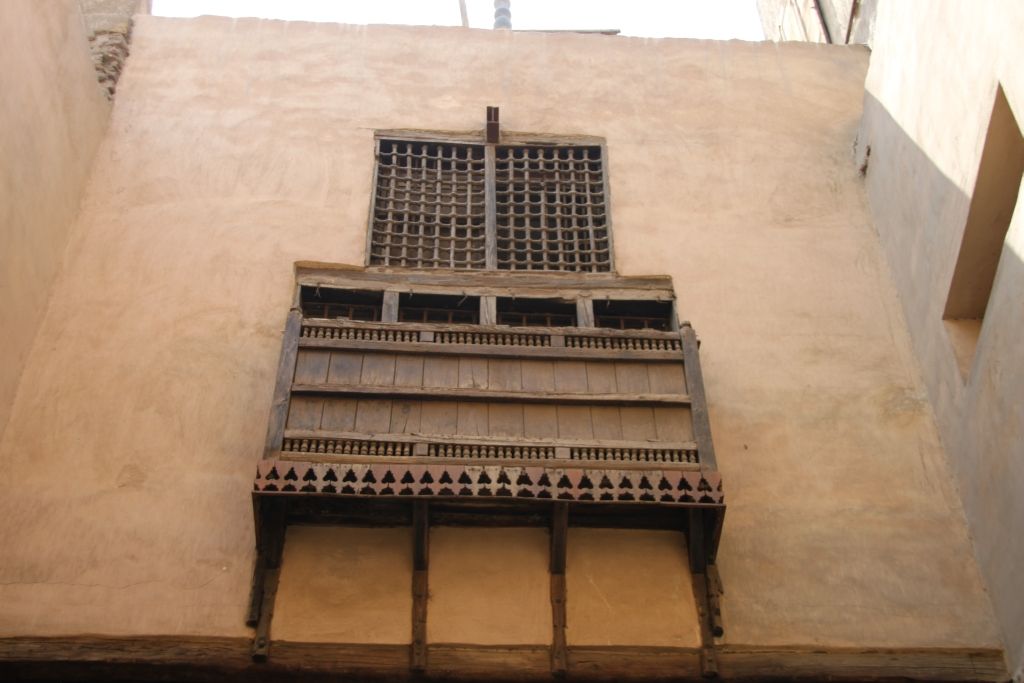
A lovely wooden balcony is up high on the wall in the skylight. This is where the women would stay or pray.
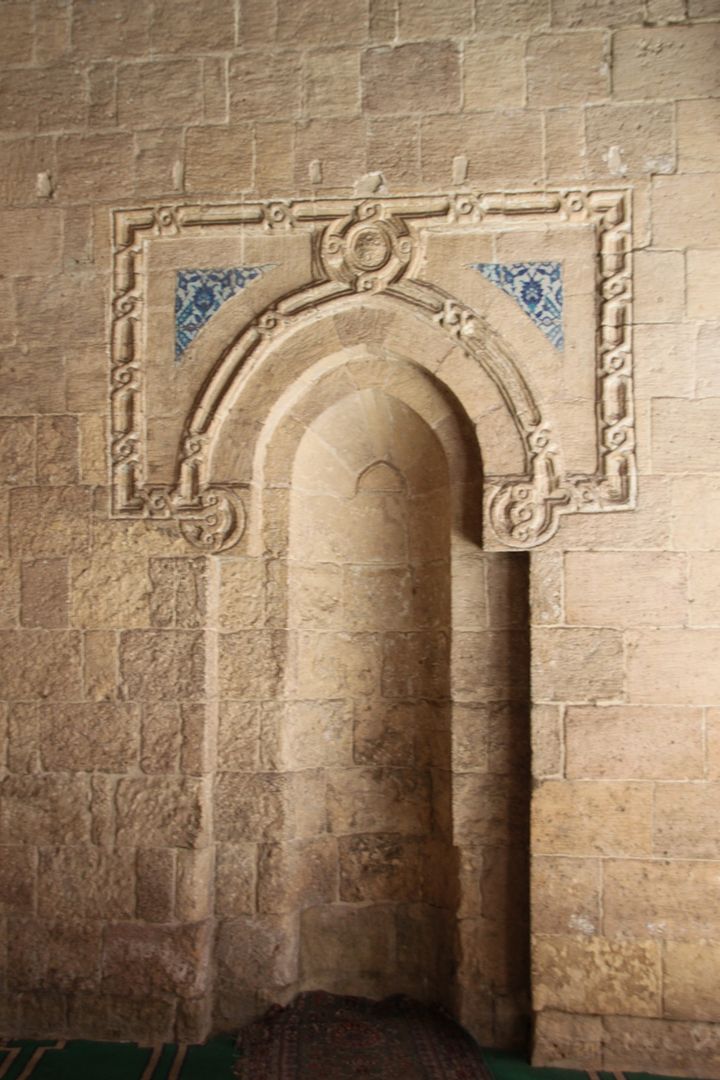
This is the Mihrab, or the sign which points to Mecca, so that the worshipers can orient themselves towards Mecca during prayers. It can be considered to be the passageway to Mecca. Originally, it was supposed to be representing a throne room, but the Prophet Mohammad used this term for his private prayer room, and then it developed into something that points to Mecca. It reminded me of the false doors that I have seen in Egyptian tombs, which are supposed to be the gateway of the Ba (the soul) to the world of the dead. Strange how these architectural elements and similarities crop up.
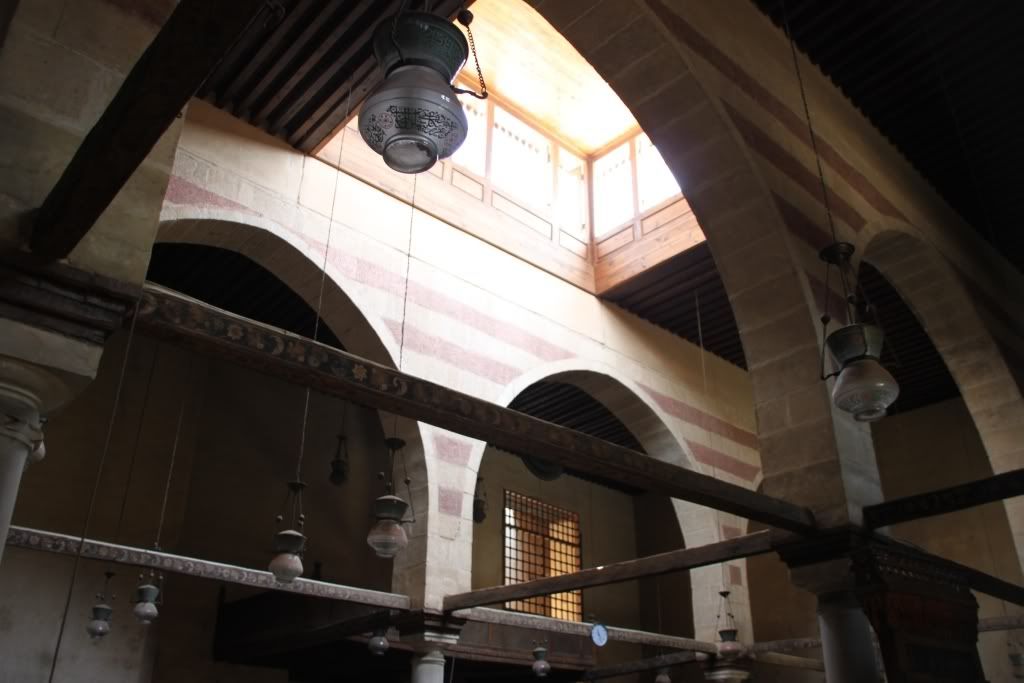
Moving into the mosque proper. It had a skylight with a dome over it. Nice restful ambiance till they switched on those horrible lights.
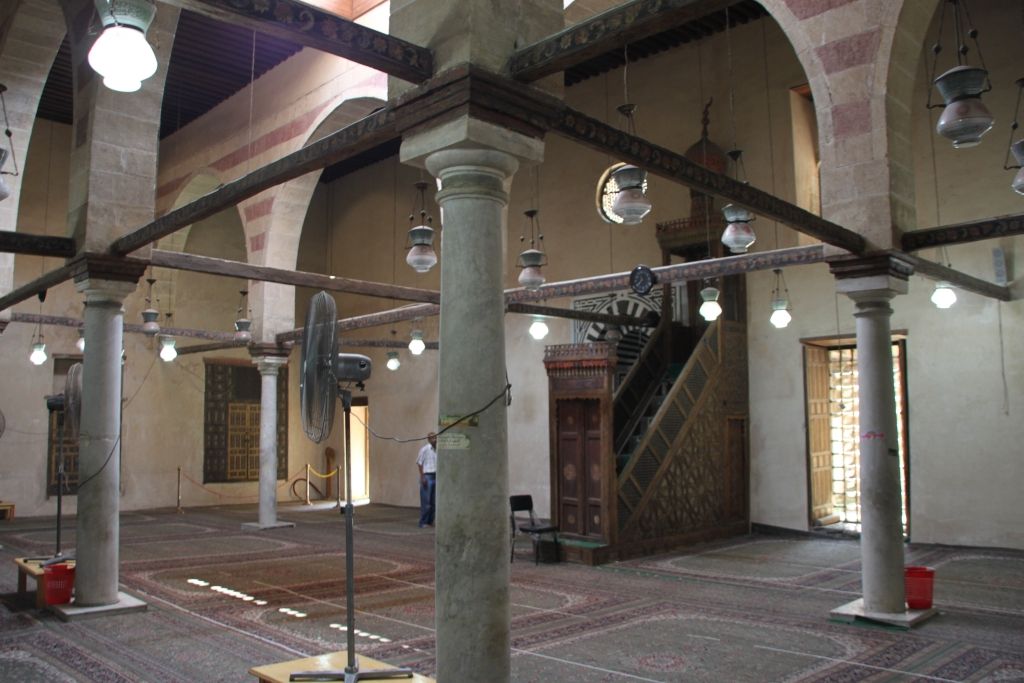
Here is the minbar (pulpit) and lovely pillars topped with striped stonework.

At the back of the mosque, there is this extraordinary mezzanine level wooden platform which has a low highly carved railing. People are supposed to climb up to this platform, sit there and recite the Quran or other religious texts. So that people in the hall can hear properly across the mosque.
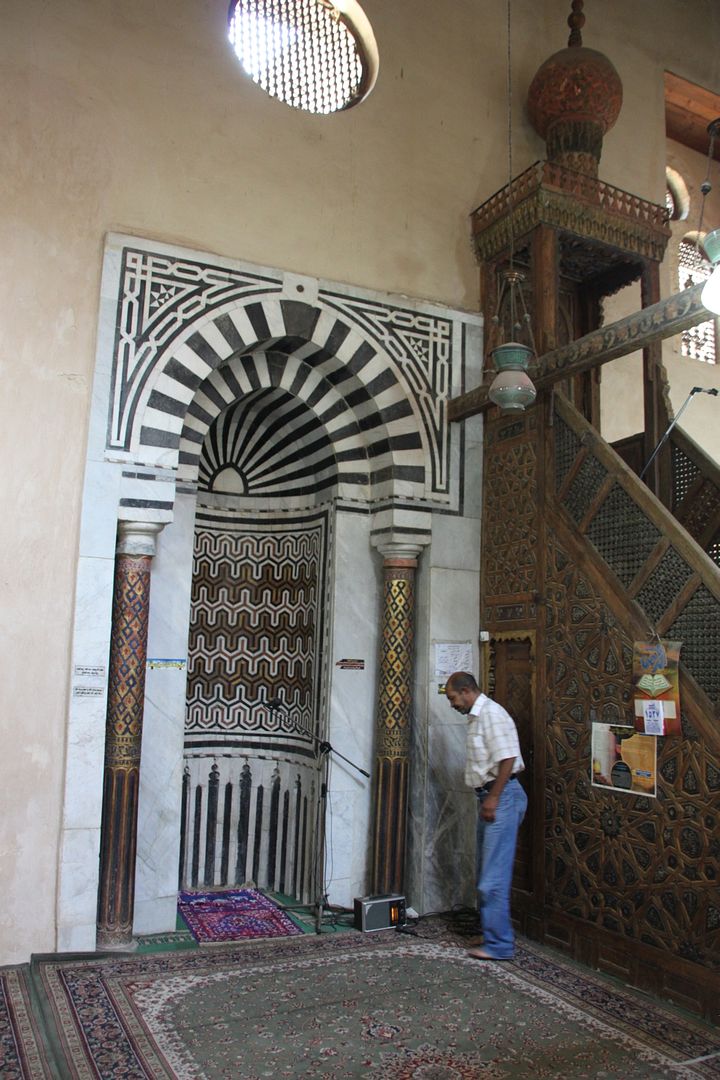
Here is the Mihrab inside the main room of the mosque, much more ornate than the one in the front room. Granite, marble and gilt edging on the pillars.
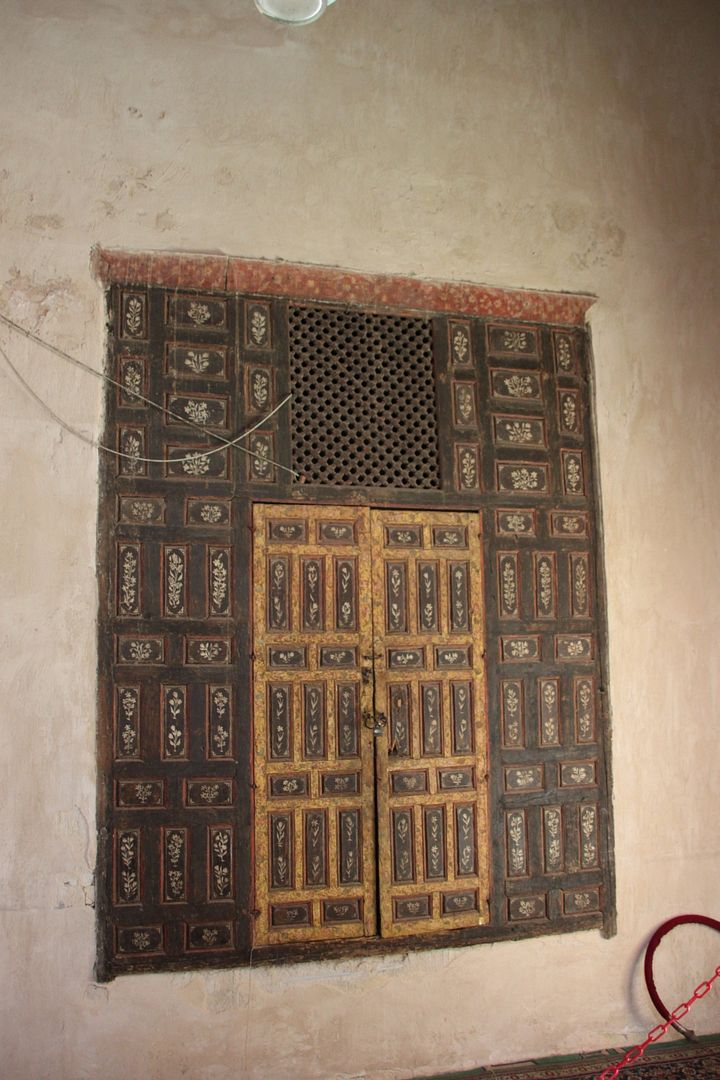
A beautifully carved window cum cupboard
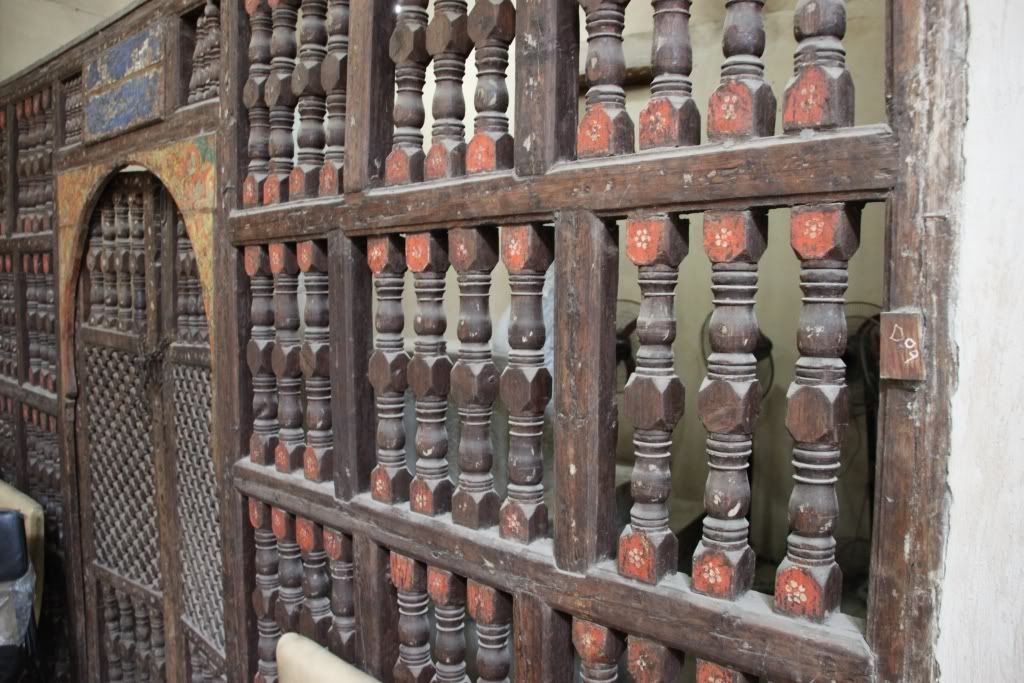
I turned around and noticed this highly carved wooden partition.

Seems like this is where the mother of the maker of this Sabil and Mosque was buried. On a smaller enclave on the right, which I couldn't photograph as it was very dark (and filled with cats), was another grave of a saint.
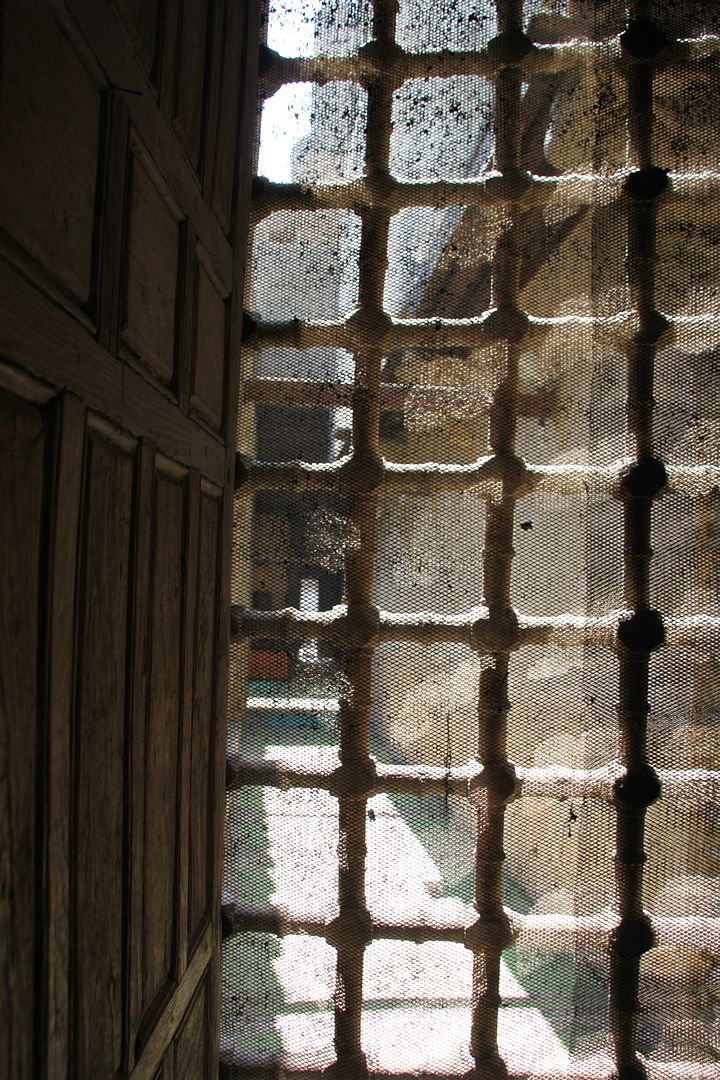
Peering through the window back at the entrance in the far corner. Serious window grill, eh? Here is the slideshow with more photographs and bigger resolution. A lovely little mosque, very peaceful indeed. But it was time to move on to the next sight.
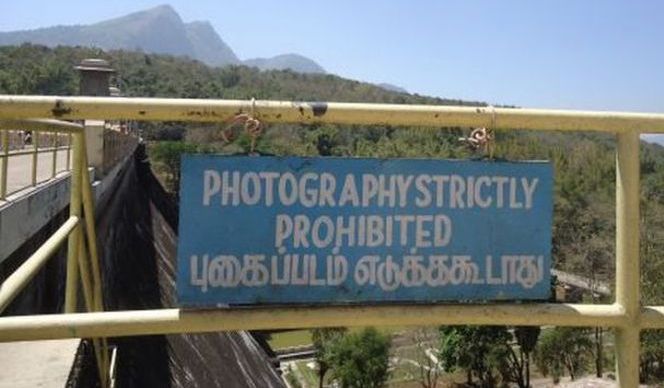

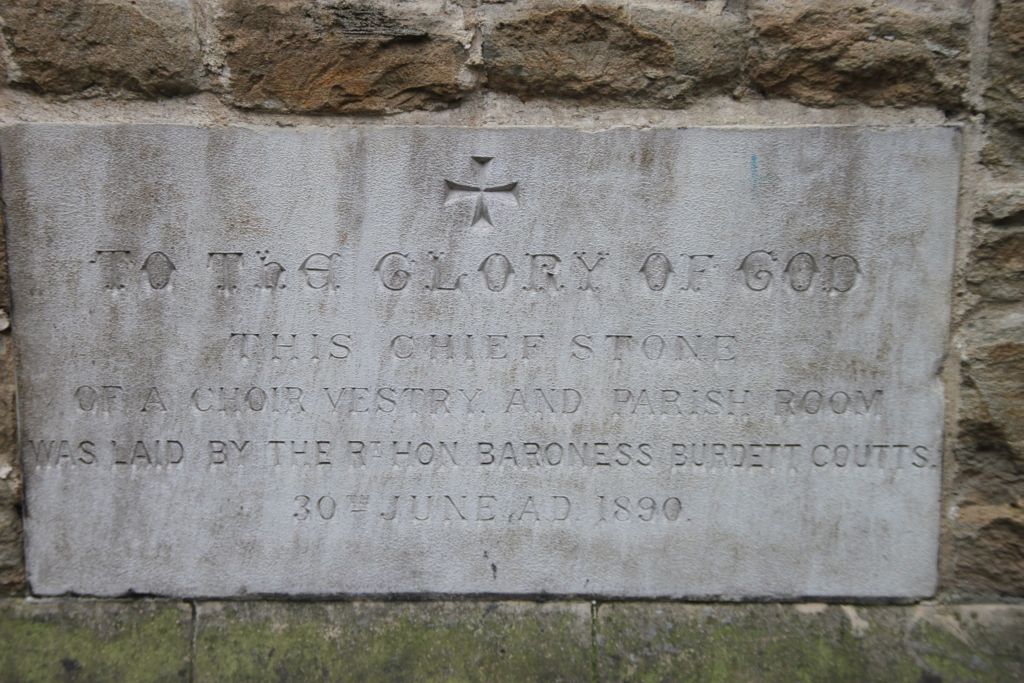

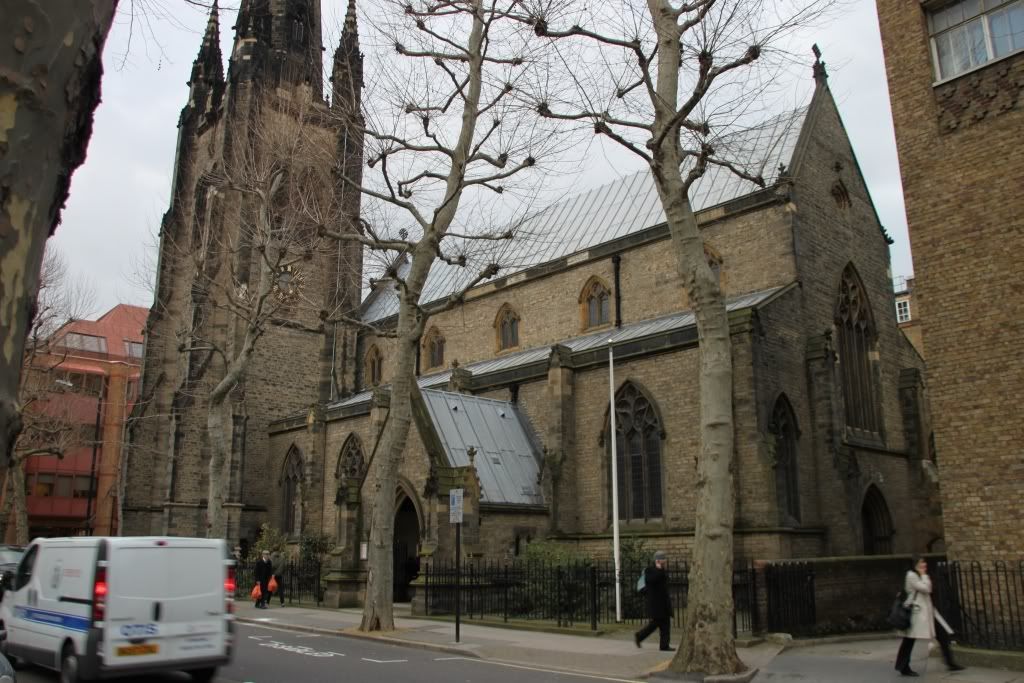




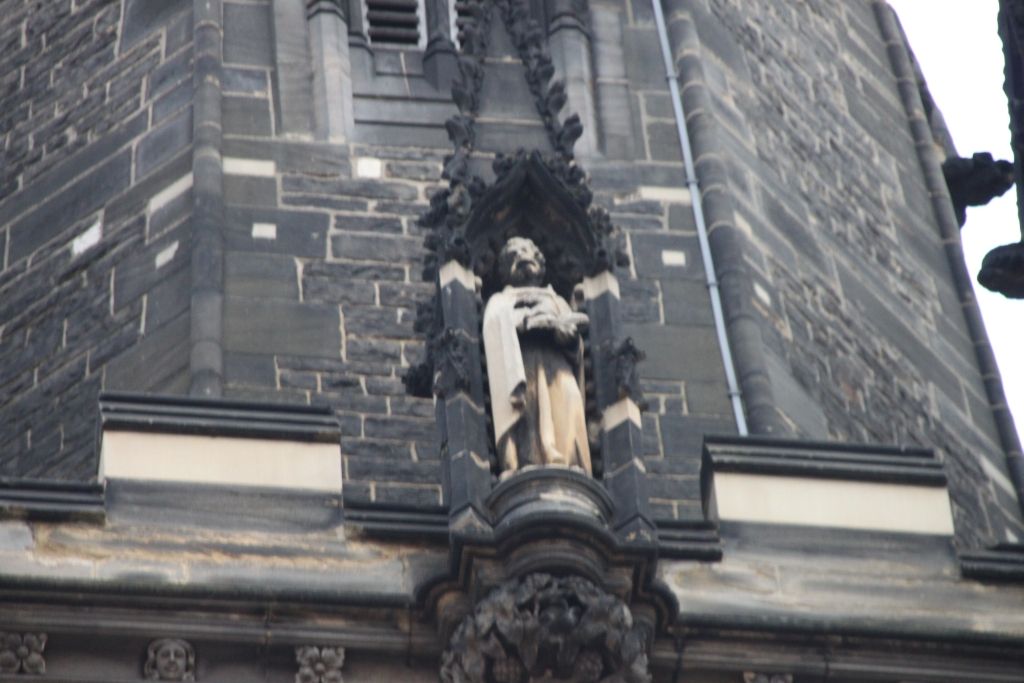

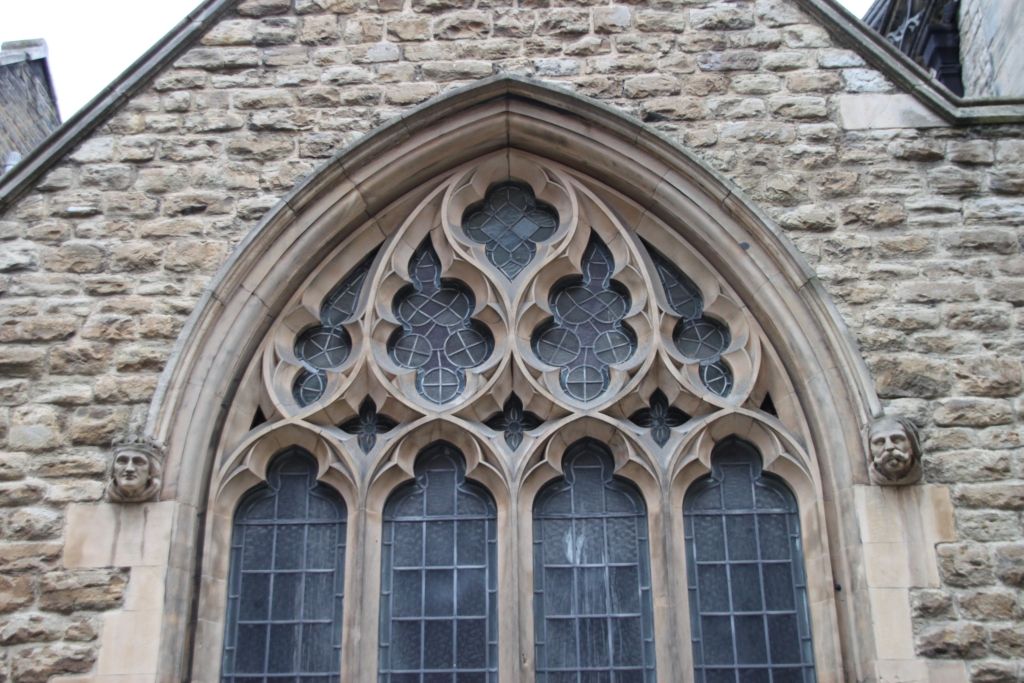
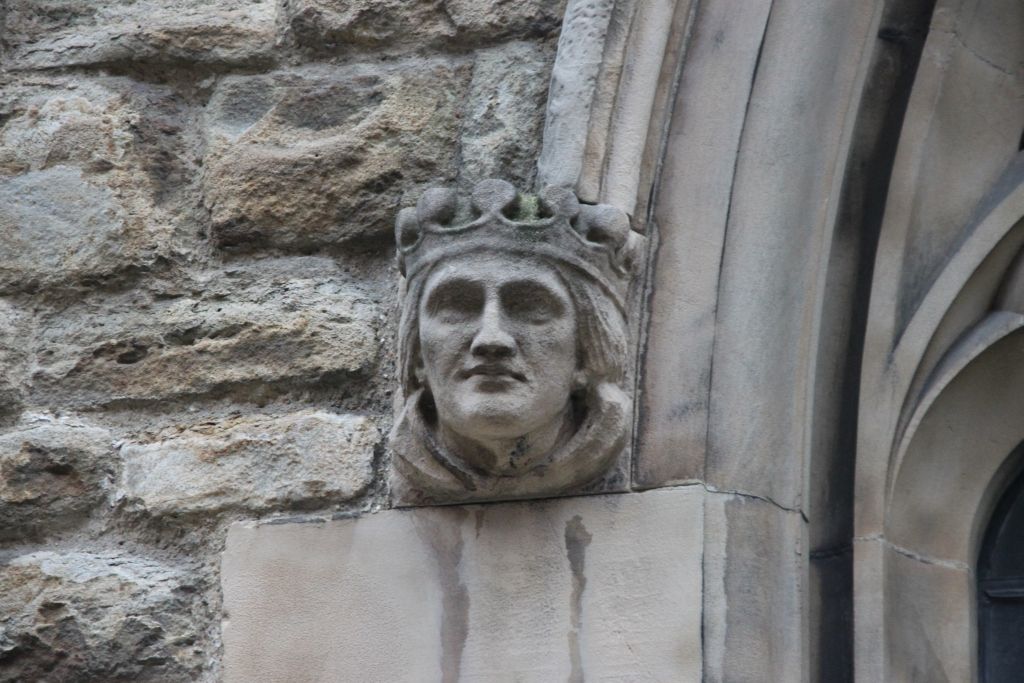
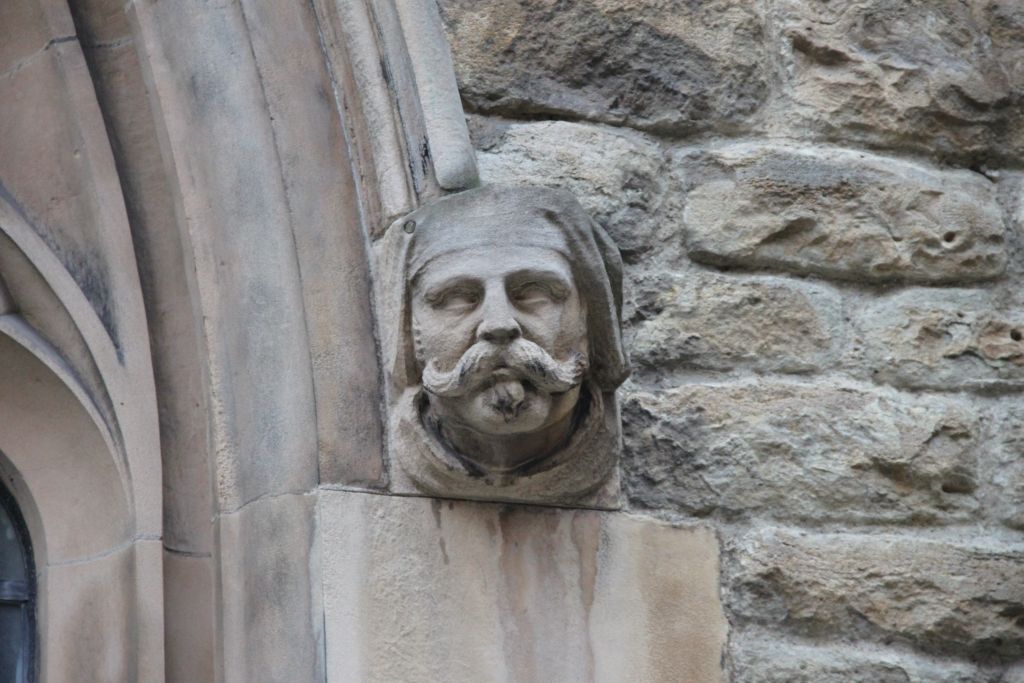
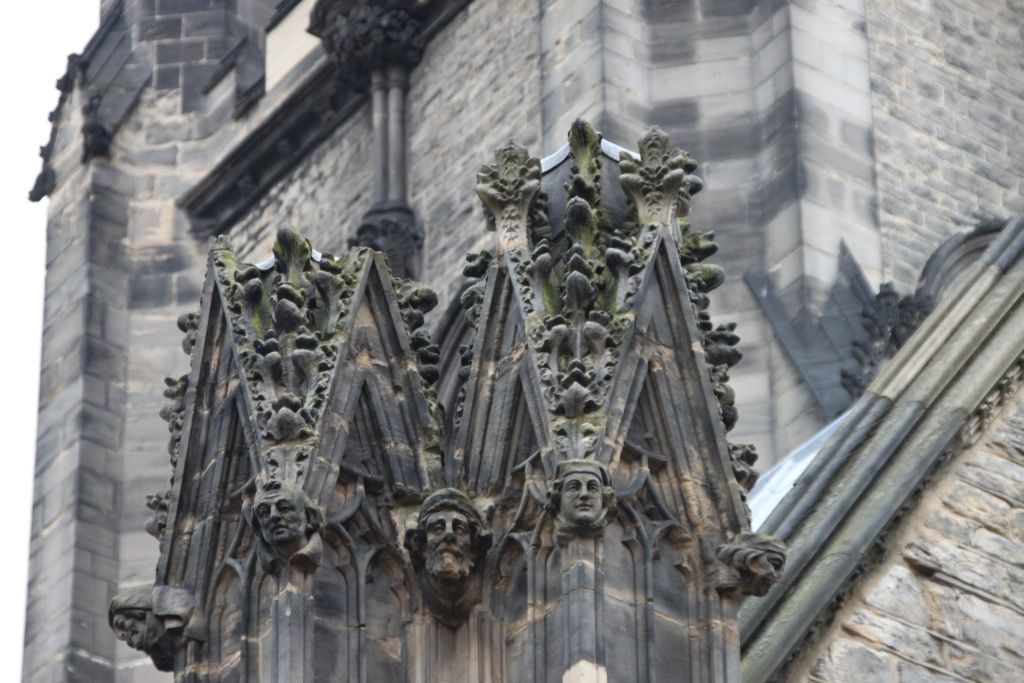


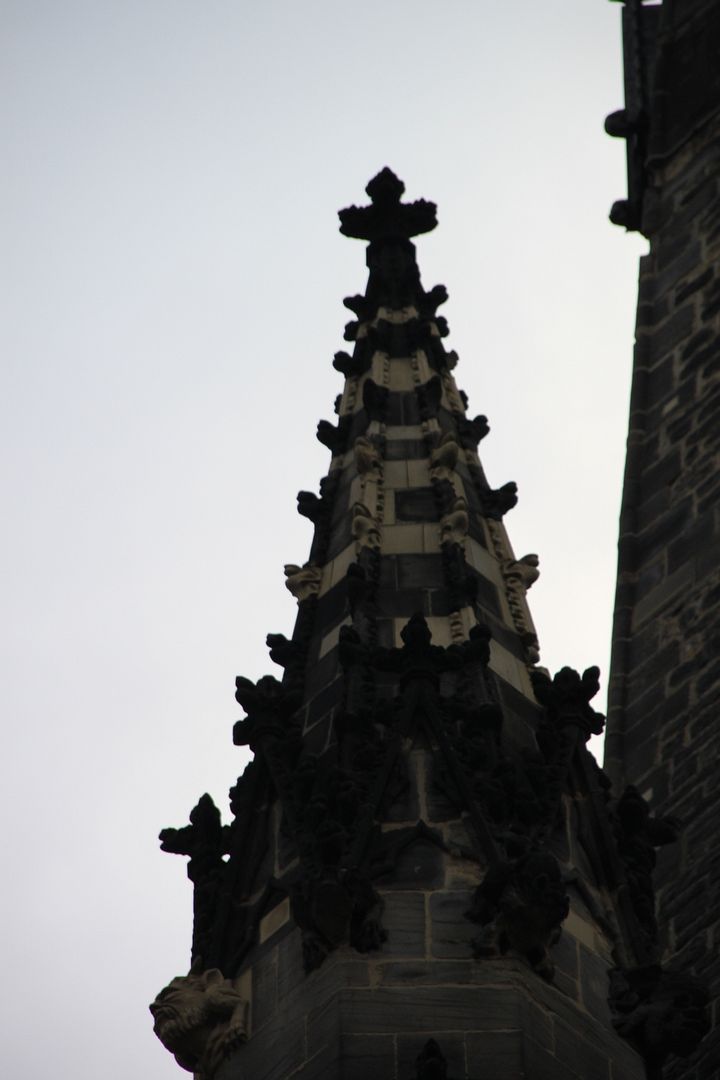
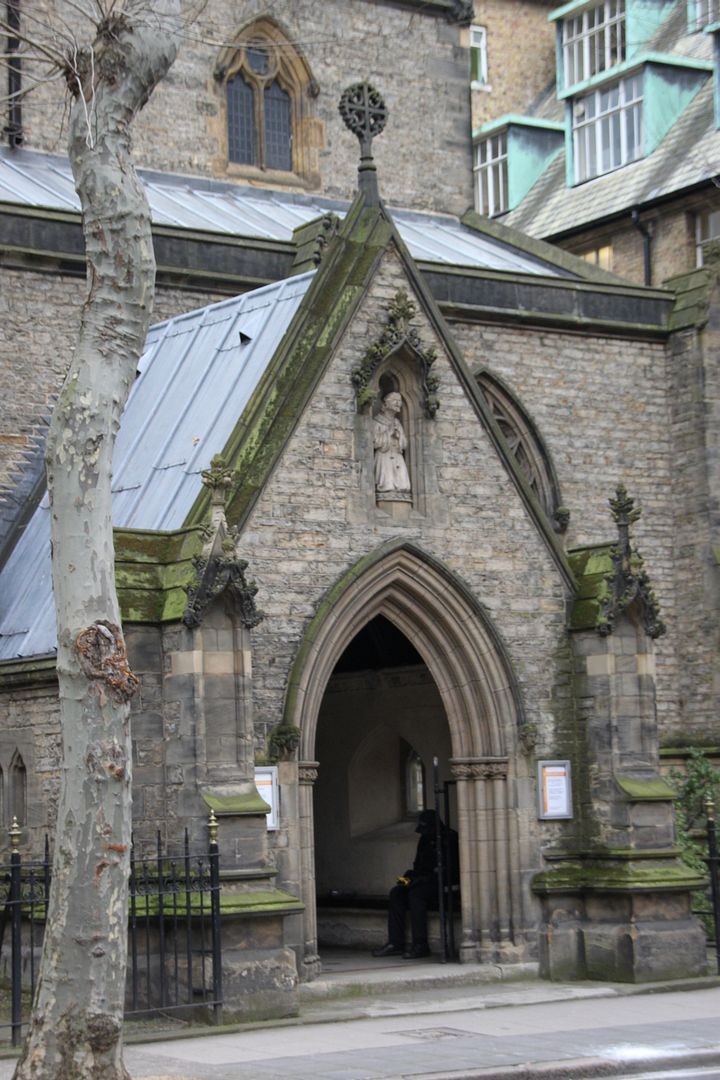
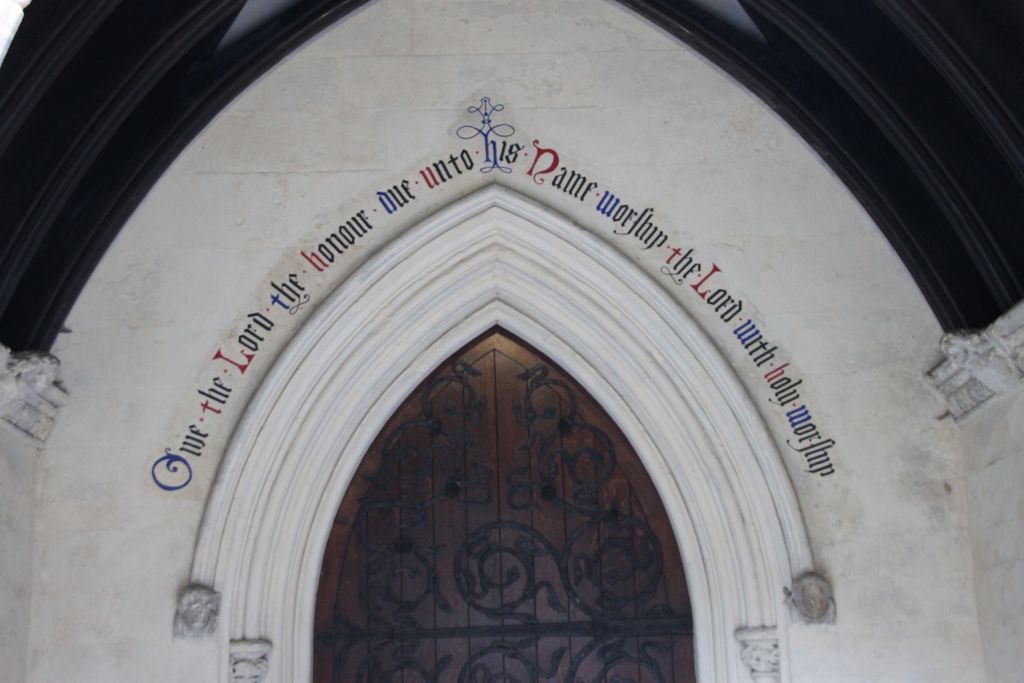
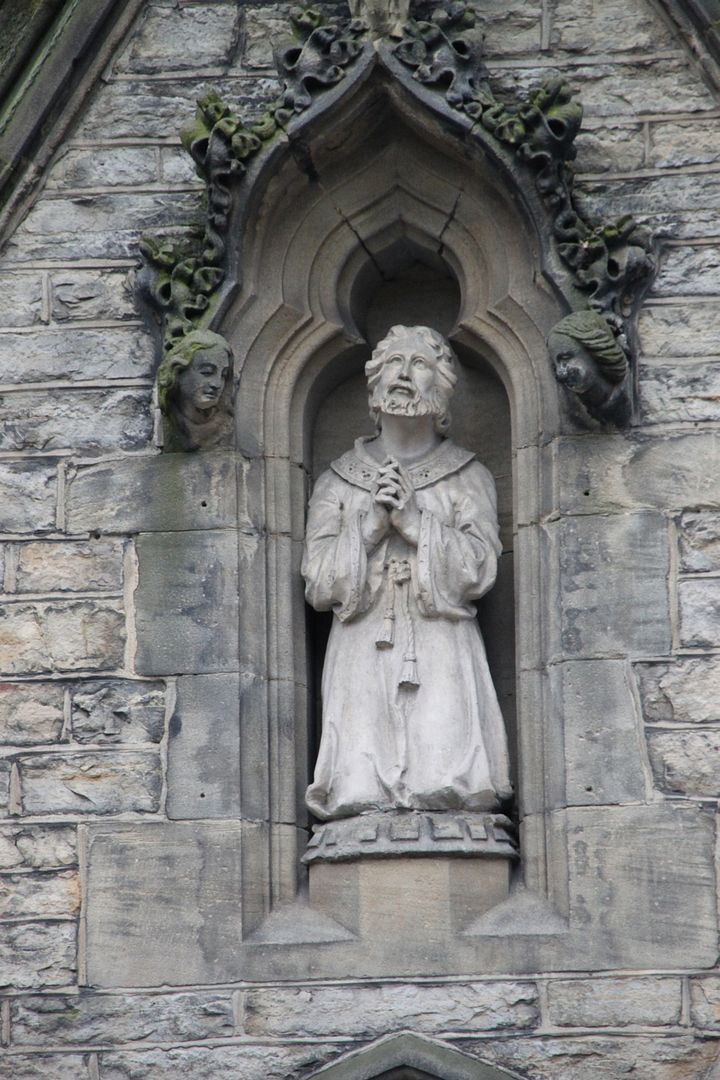



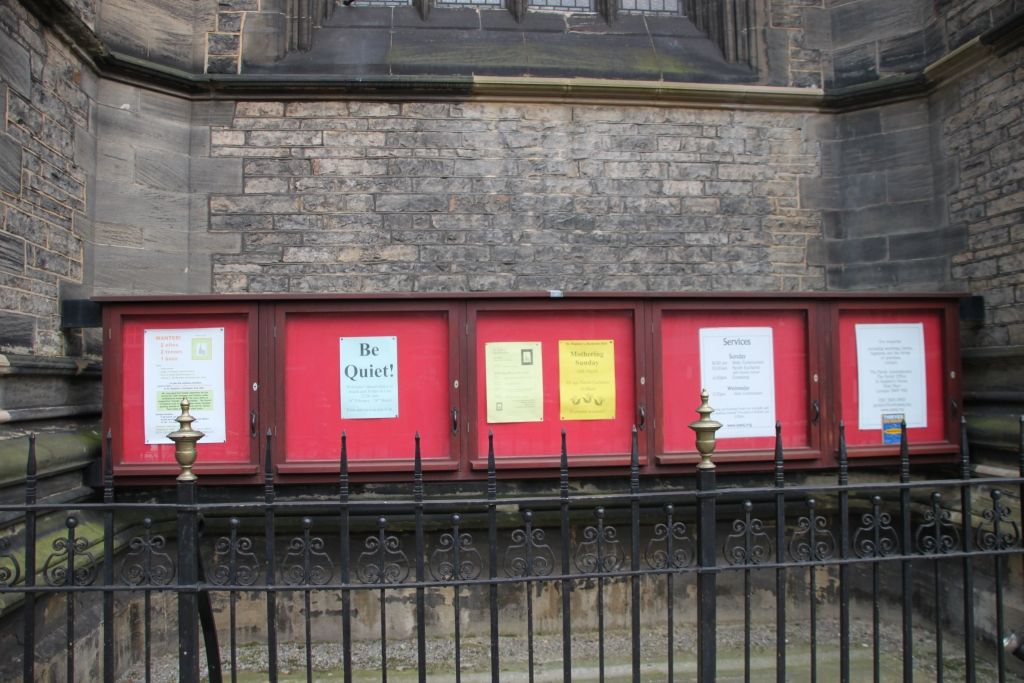

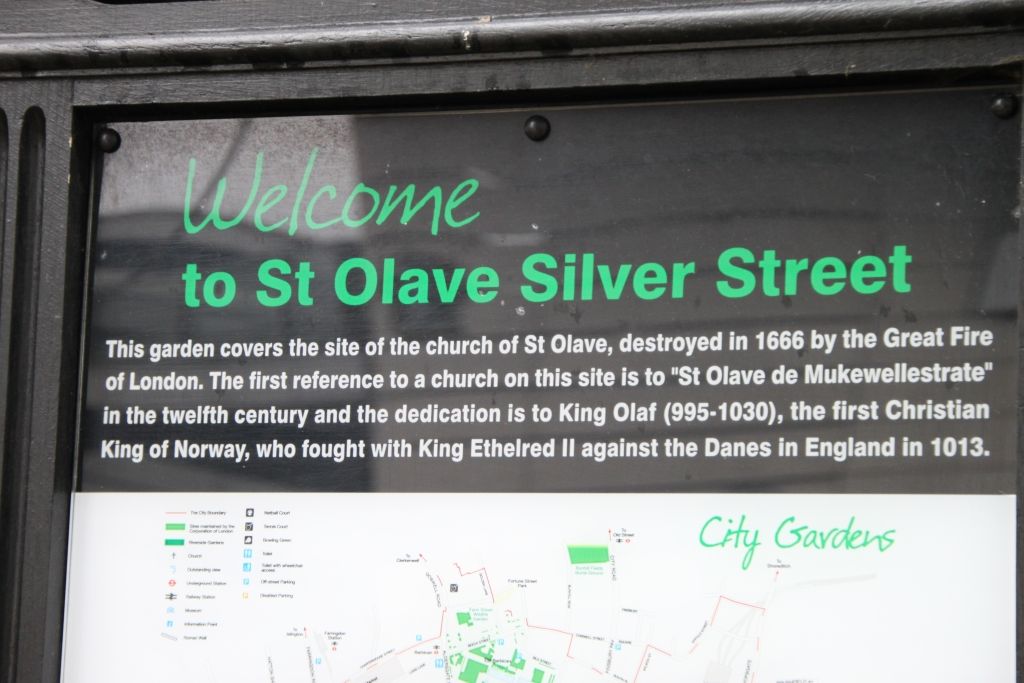


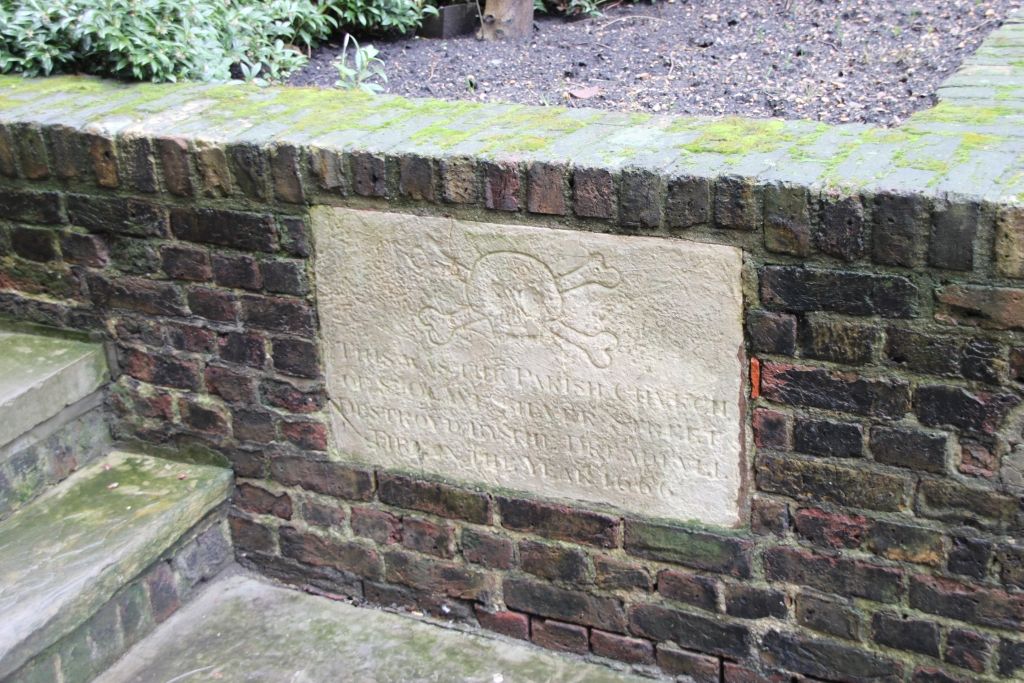




 Once you have climbed up the stairs below Fredrick’s column, you reach Waterloo Place and all the statues that I speak of below are in this square.
Once you have climbed up the stairs below Fredrick’s column, you reach Waterloo Place and all the statues that I speak of below are in this square.  This is a statue of
This is a statue of 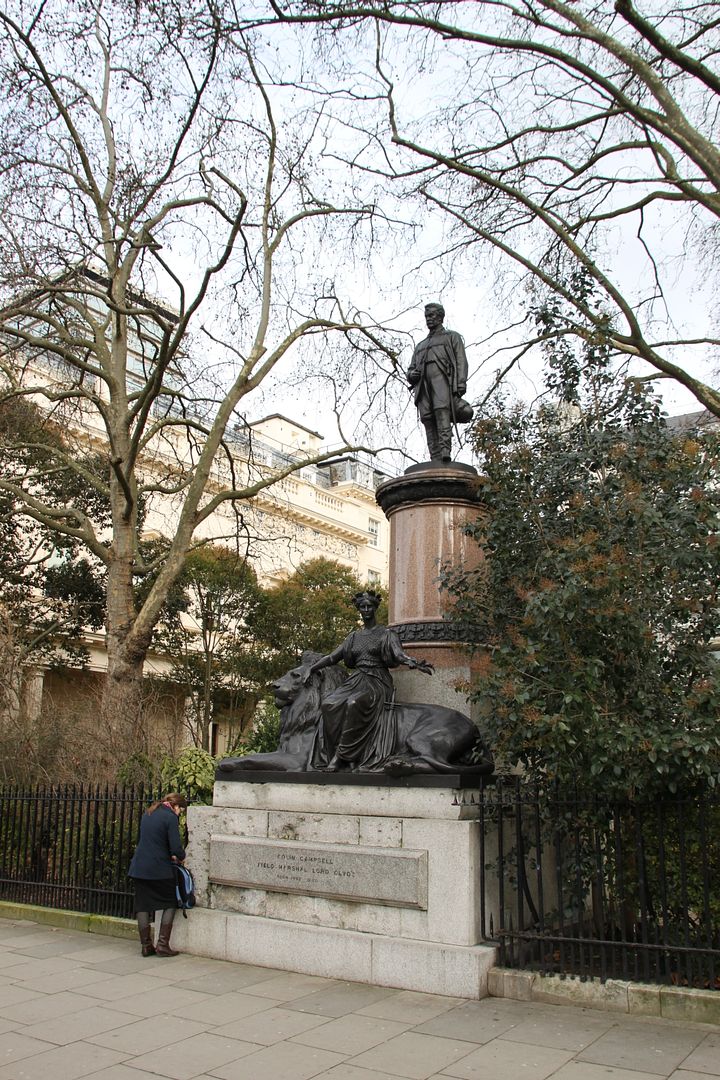 The next statue is that of
The next statue is that of 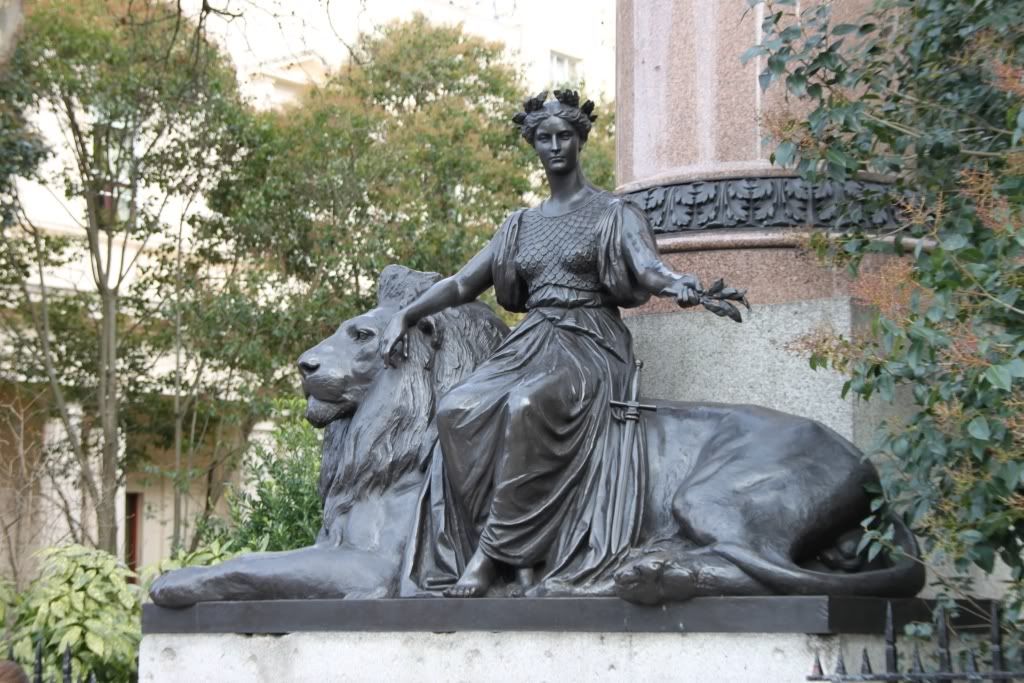 The statue of Colin Campbell is fronted by a lissom statue of Britannia sitting on a lion.
The statue of Colin Campbell is fronted by a lissom statue of Britannia sitting on a lion.  The next statue is that of
The next statue is that of  Then we have a rather pedestrian statue of
Then we have a rather pedestrian statue of 
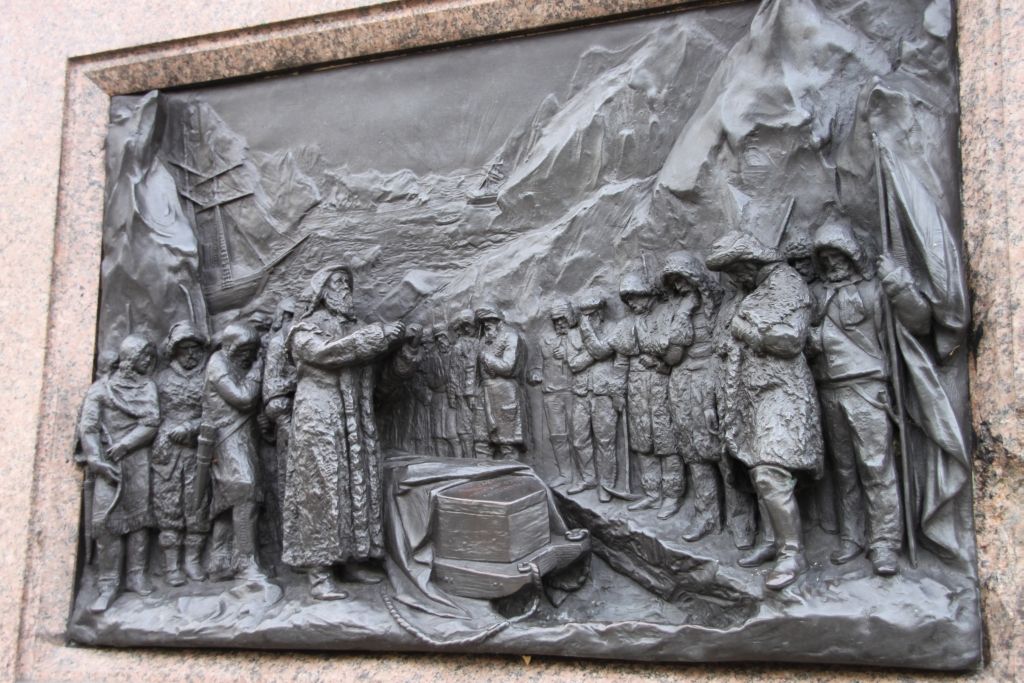 The next statue is that of Sir John Franklin, 1786-1847, who was an explorer and a British Royal Navy Officer. He had a good career during the wars with France (Copenhagen and Trafalgar) and spent a significant time exploring Australia and Canada in the Arctic regions. He is also said to be the discoverer of the
The next statue is that of Sir John Franklin, 1786-1847, who was an explorer and a British Royal Navy Officer. He had a good career during the wars with France (Copenhagen and Trafalgar) and spent a significant time exploring Australia and Canada in the Arctic regions. He is also said to be the discoverer of the  The last statue on this side is that of
The last statue on this side is that of  Then we have this horse block, something that people used to climb on top of their horses. The plaque says that this was erected by the Duke of Wellington in 1830. Very curious.
Then we have this horse block, something that people used to climb on top of their horses. The plaque says that this was erected by the Duke of Wellington in 1830. Very curious. 
 Then we have the
Then we have the  In front of the Crimea monument are two statues. On the left is
In front of the Crimea monument are two statues. On the left is